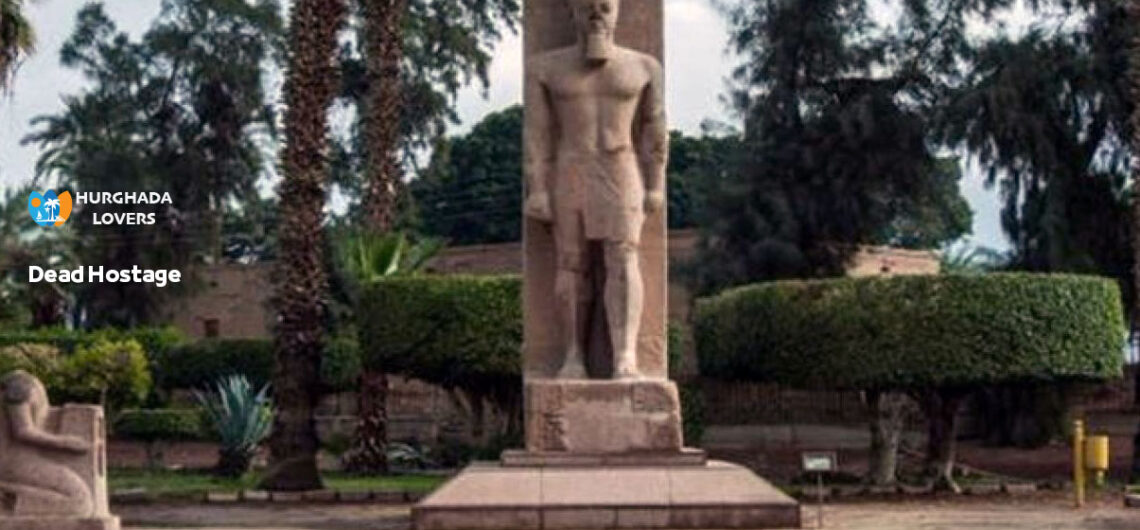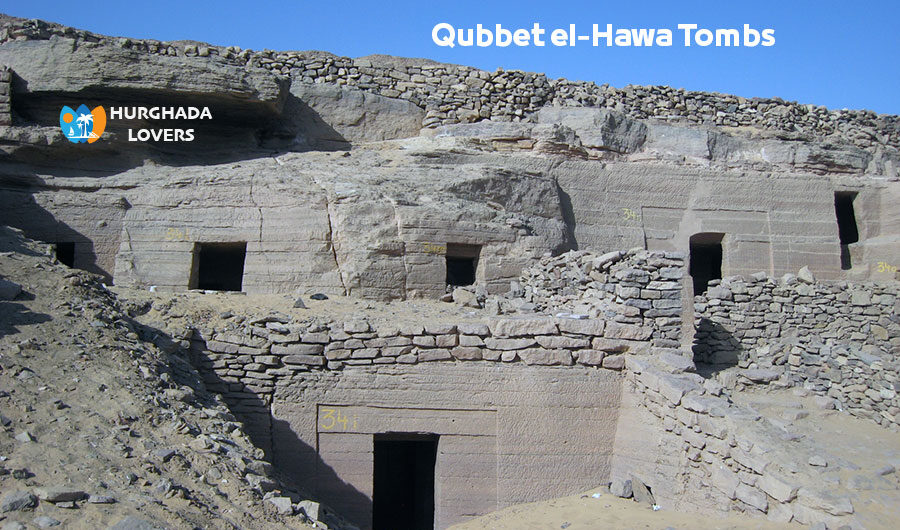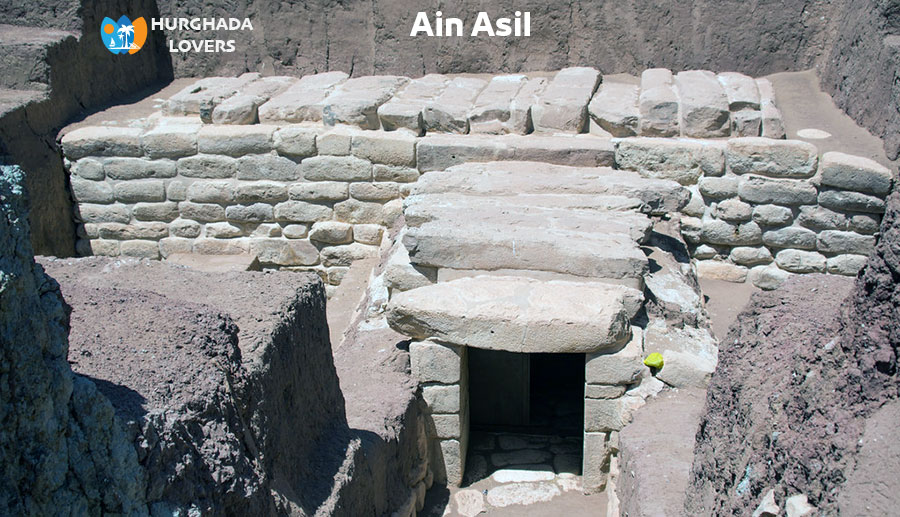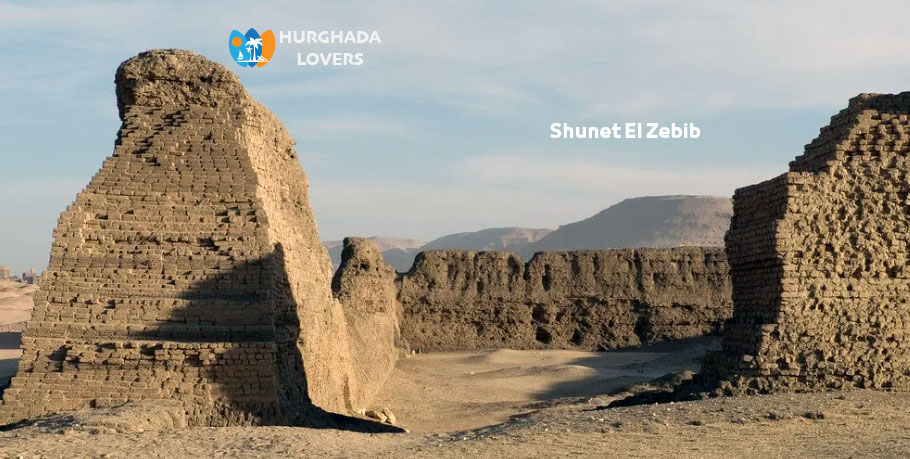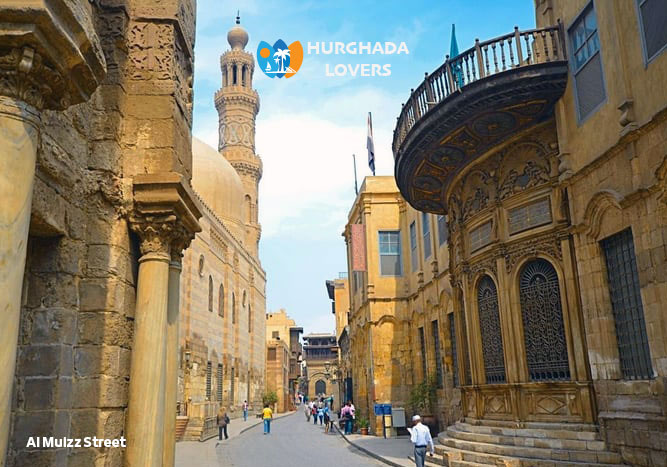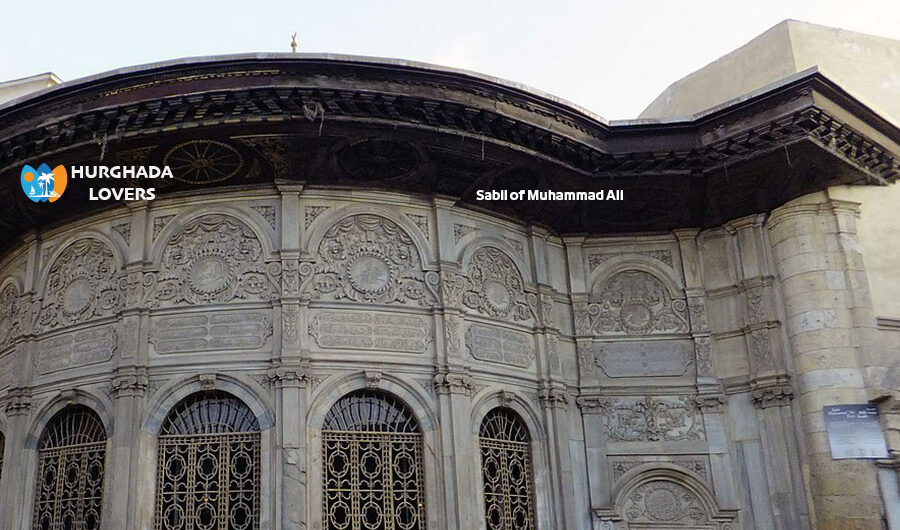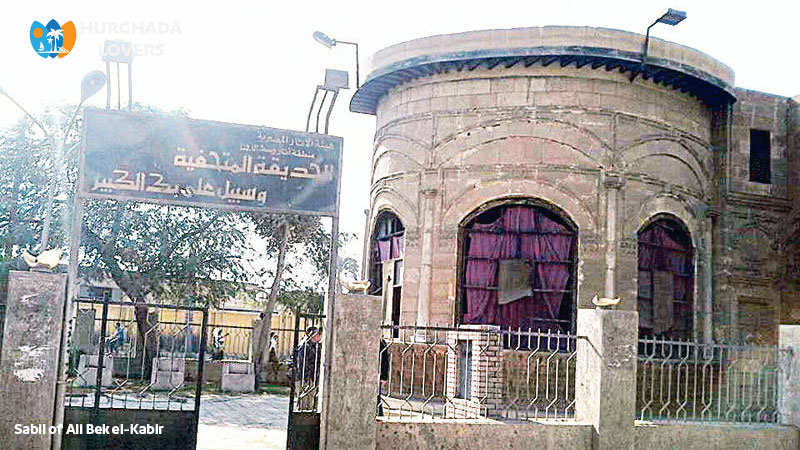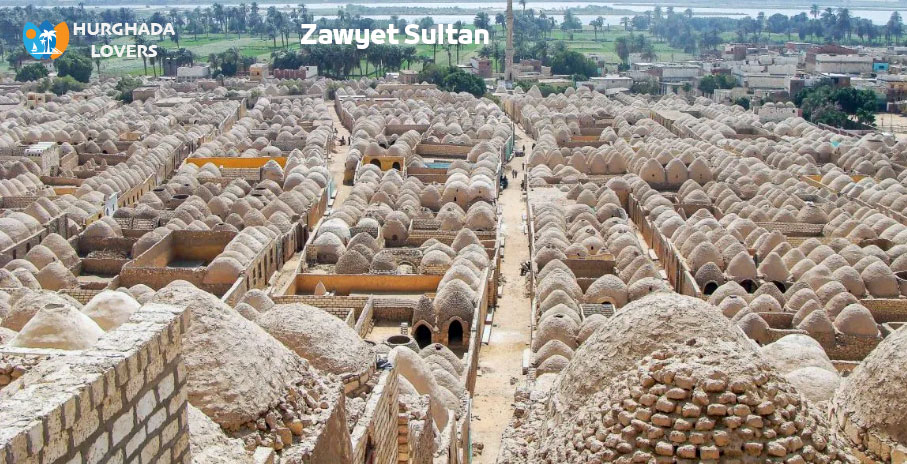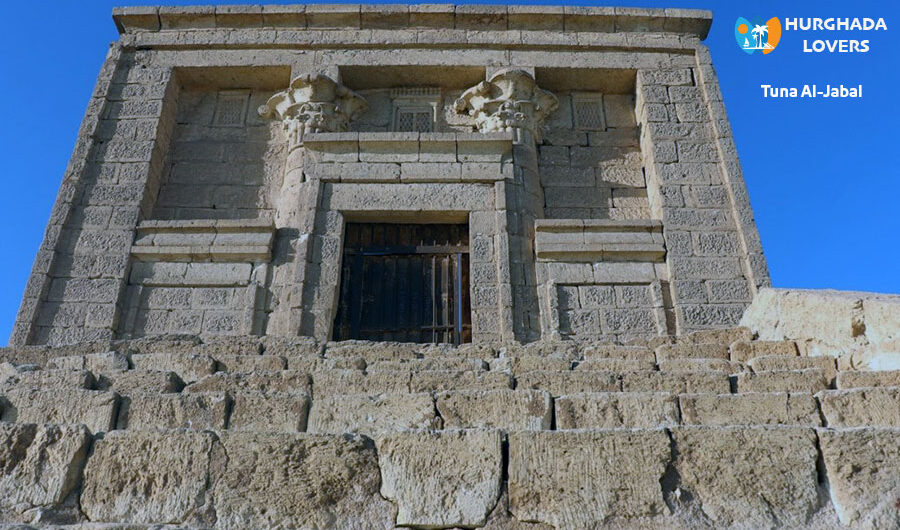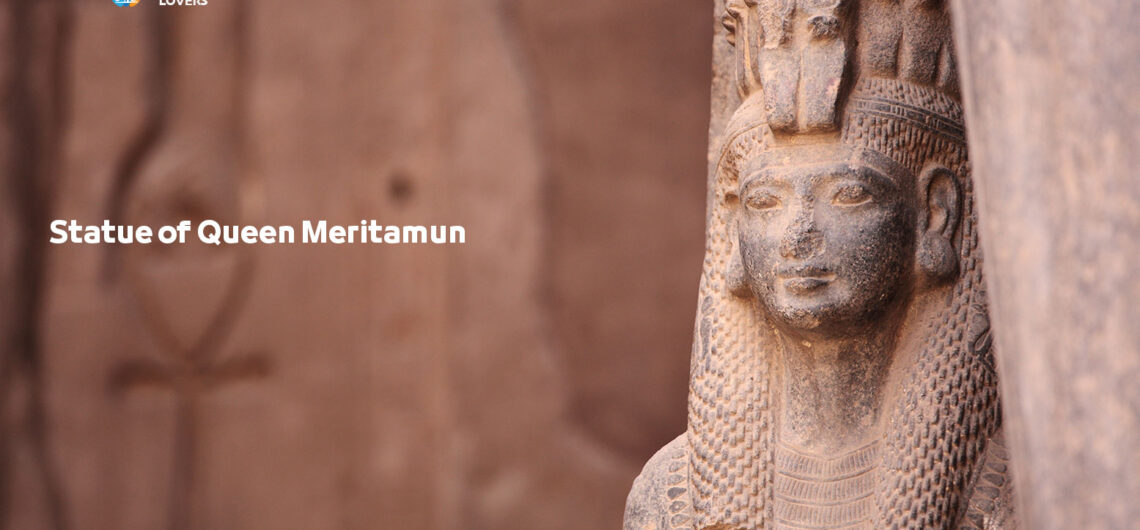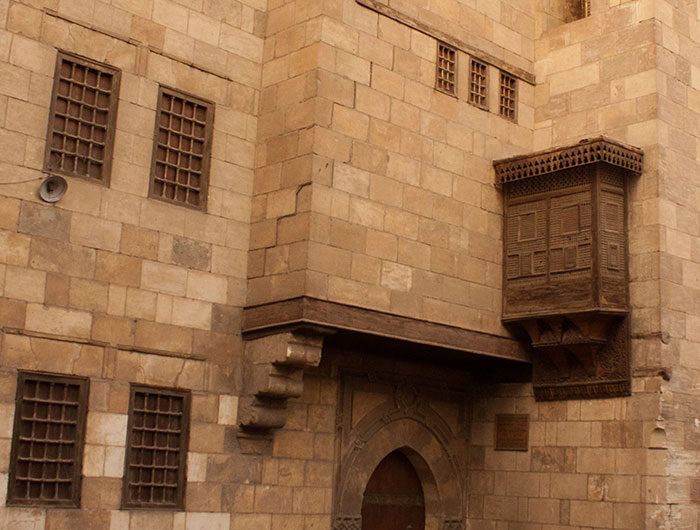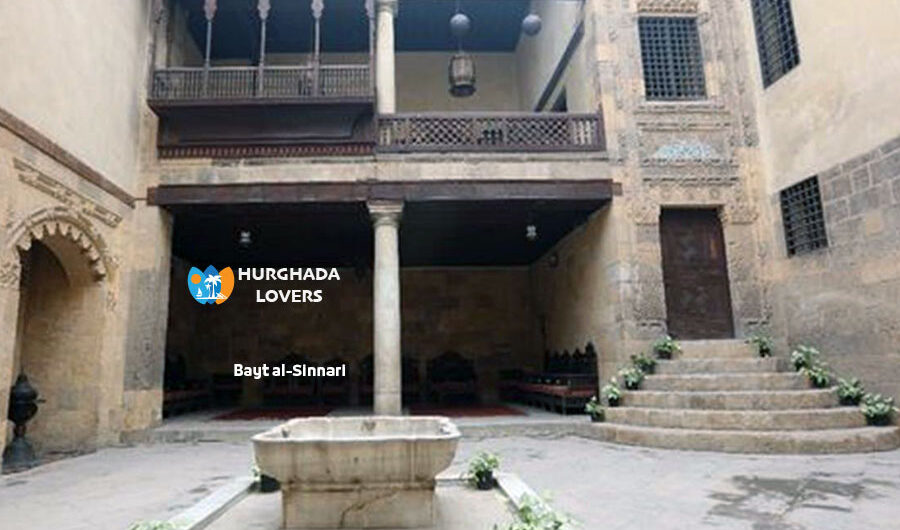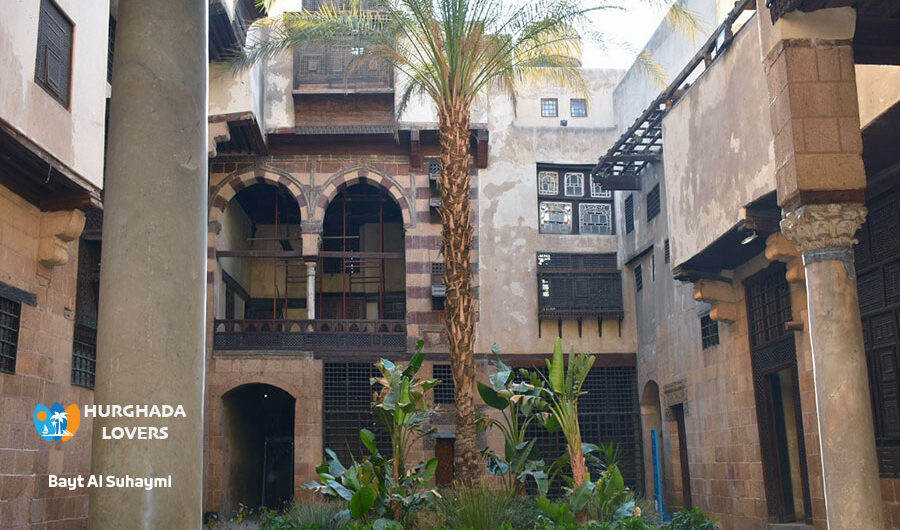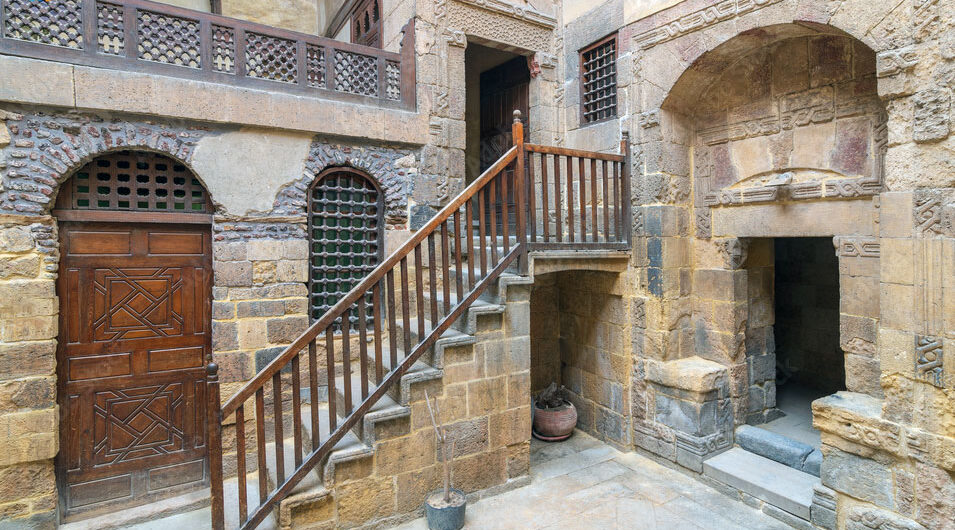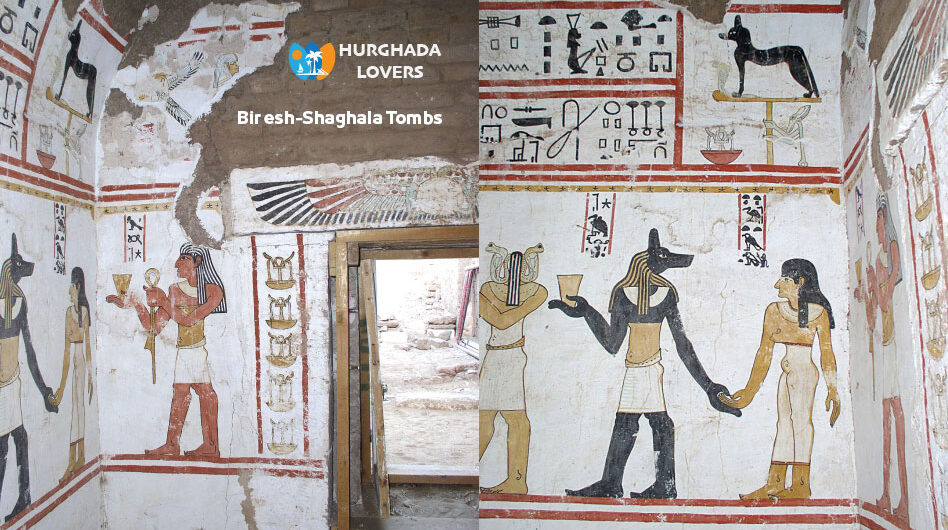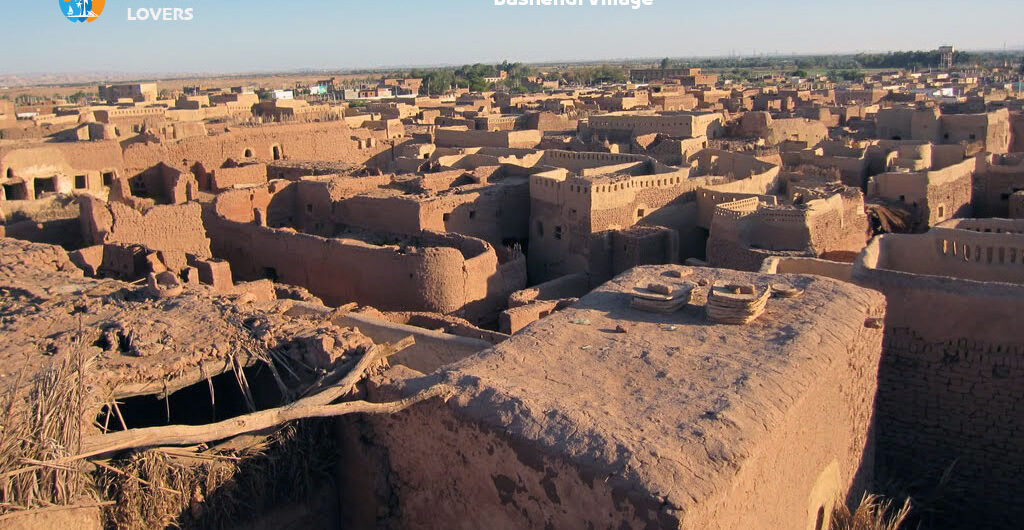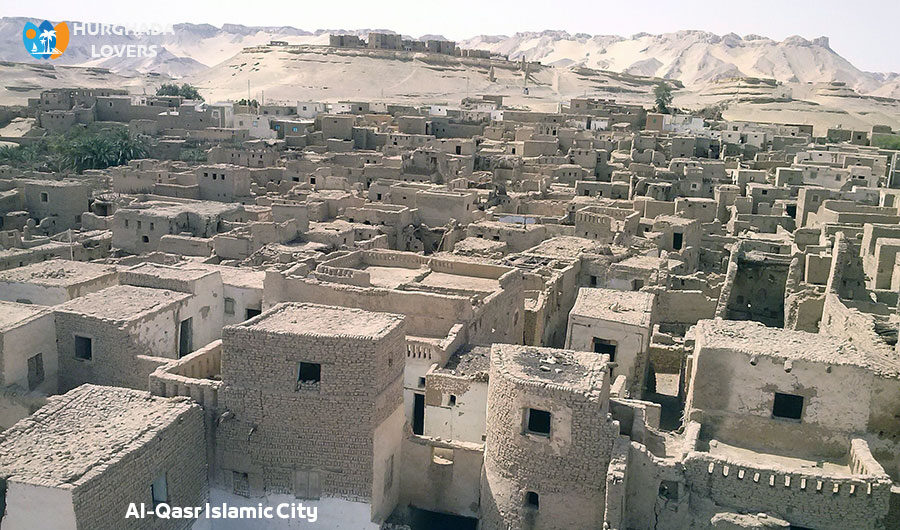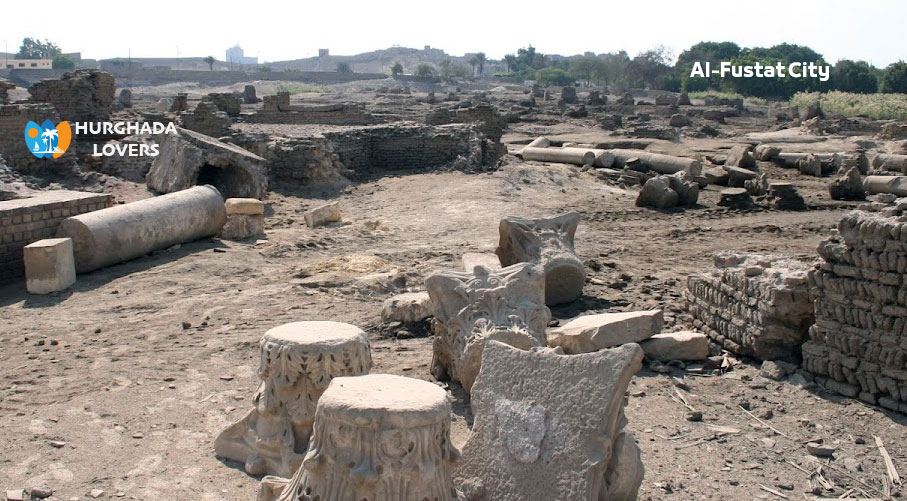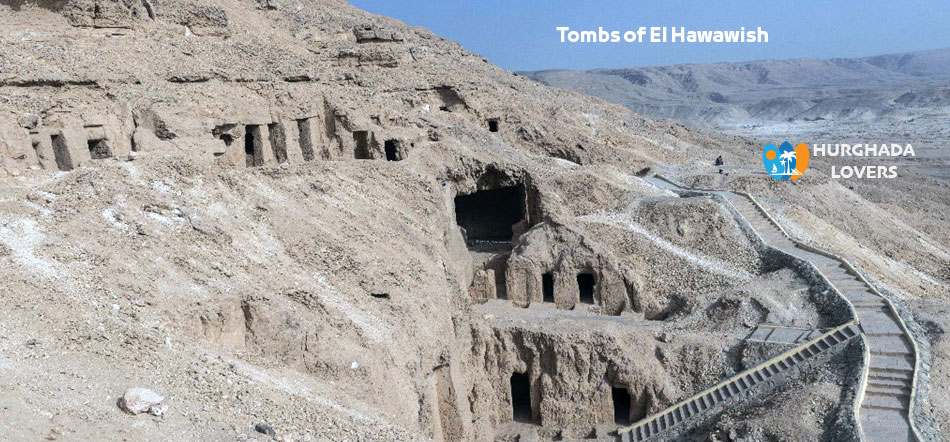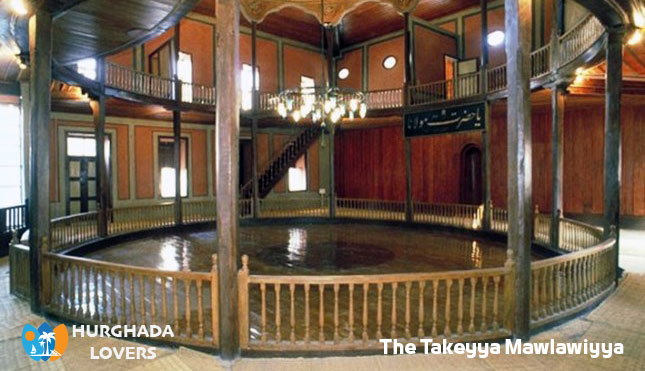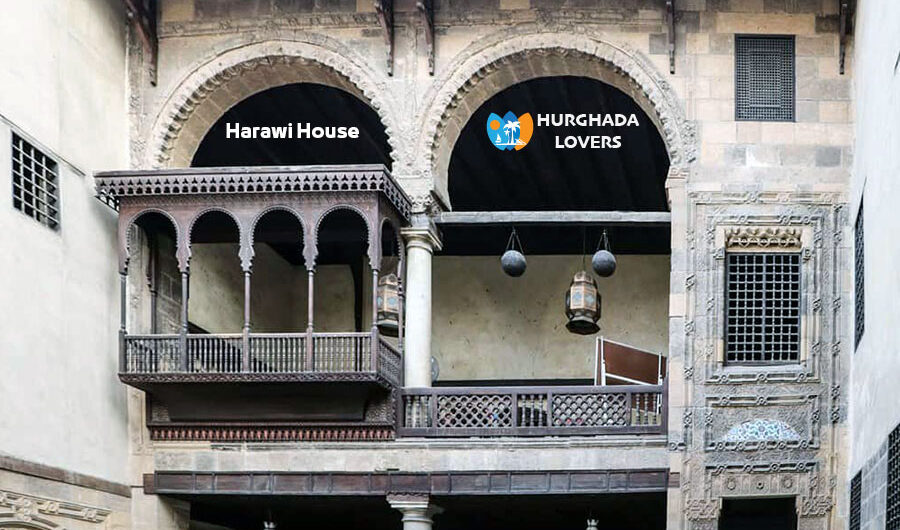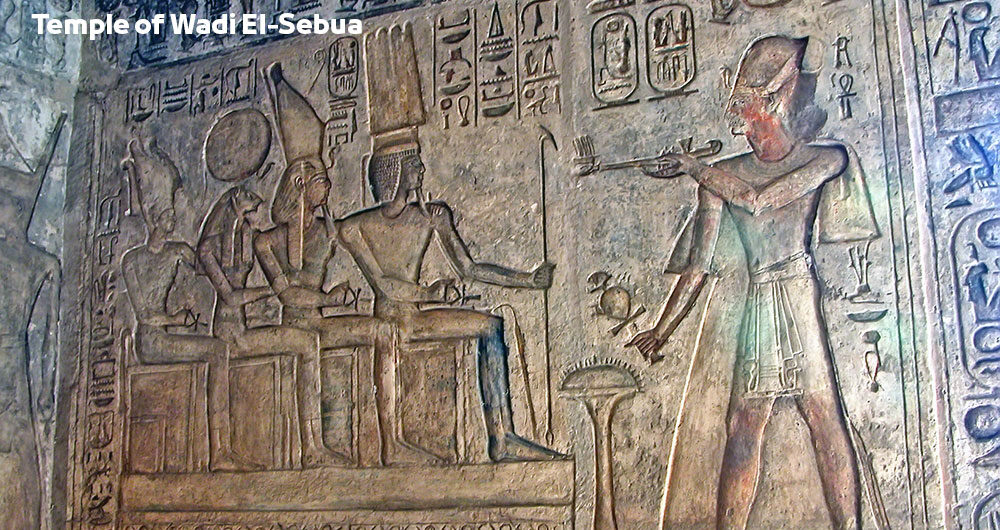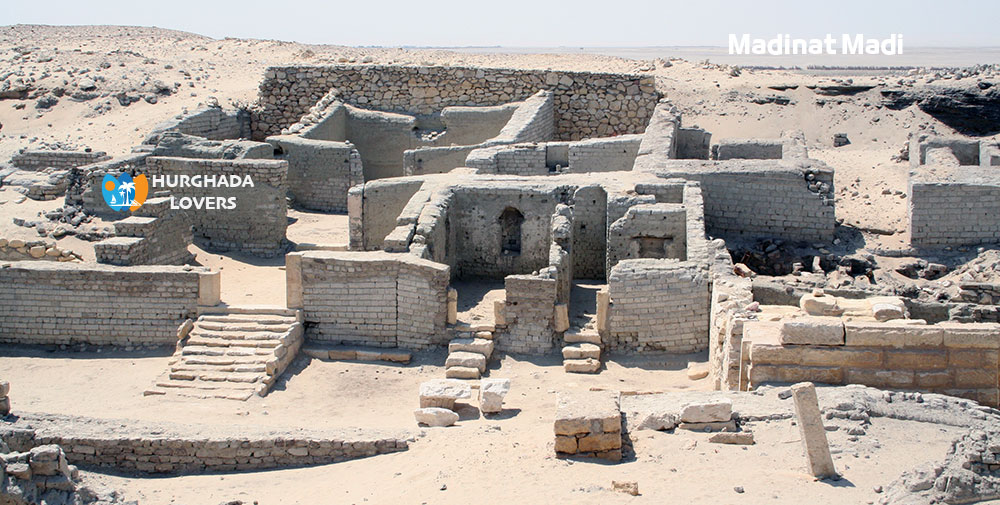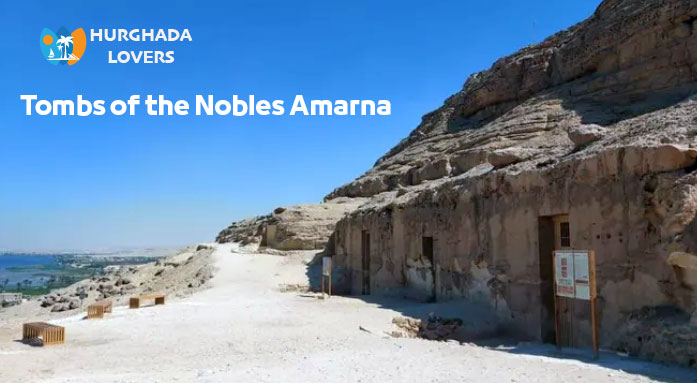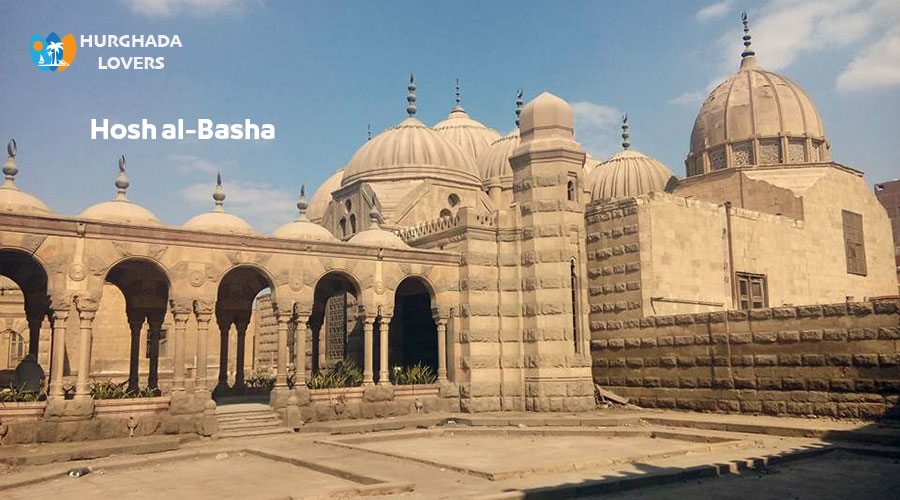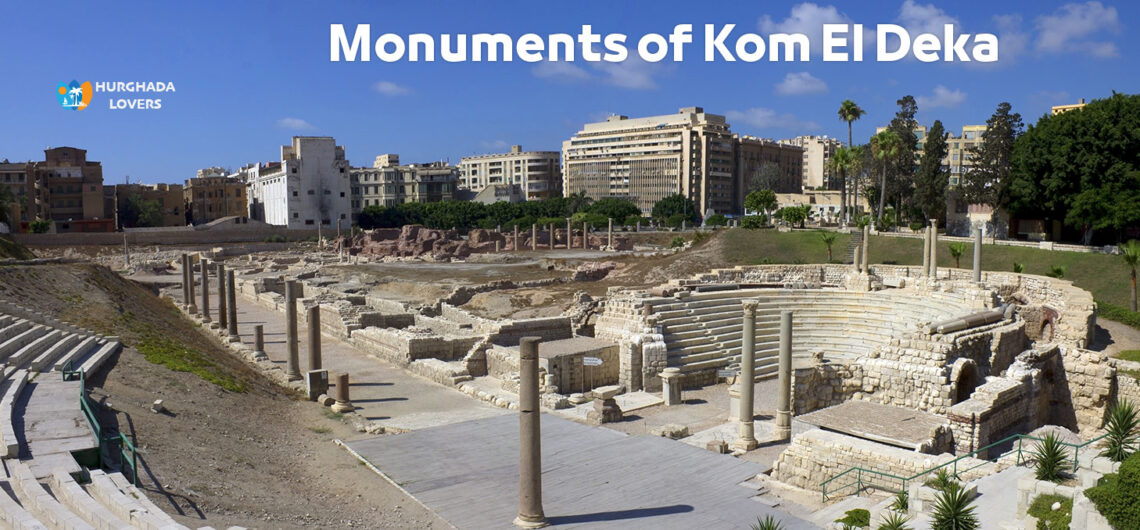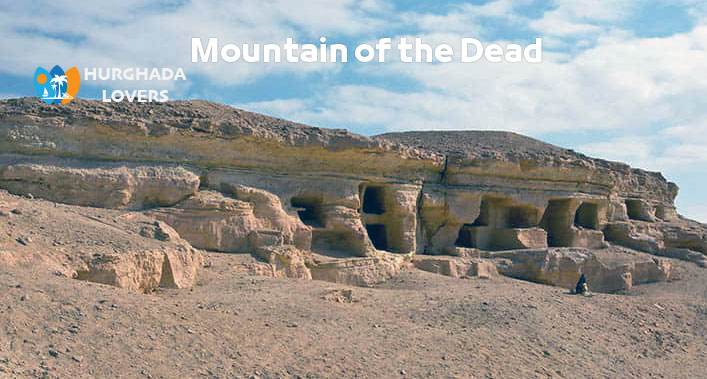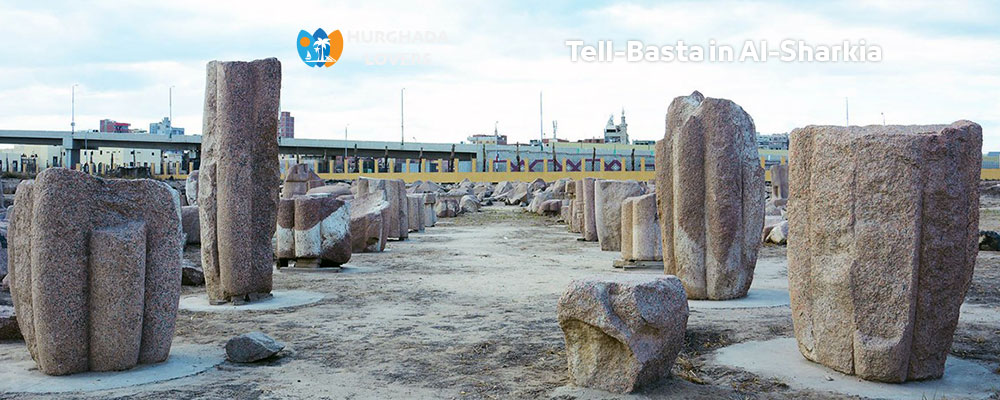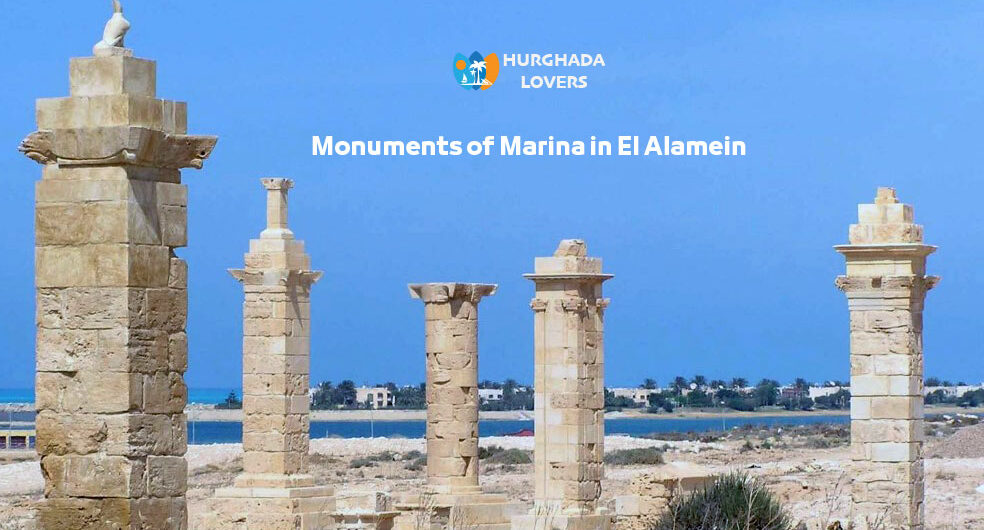Shunet El Zebib in Abydos, Sohag, Egypt | Facts, History Pharaonic Archaeological Sites, Map, Entrance Fees, Opening Hours and more... Facts and history of the most important Pharaonic archaeological sites in Abydos and Kom Sultan, how much is the entrance ticket, working hours and more. The archaeological area of Shona al-Zebib, which is actually a large structure made of mud bricks, was located in the archaeological area of Abydos located in Upper Egypt, specifically in Sohag Governorate. The history of this huge and large edifice dates back to the era of the second Egyptian dynasty, from about 2700 BC, and it was built by the Egyptian Pharaonic King Khasekhemwy. Hurghada lovers Offer Luxury Hurghada to Luxor Tours | El Gouna to Luxor Tours | Makadi bay to Luxor Tours | Sahl Hasheesh to Luxor Tours | Soma bay to Luxor Tours. Shunet El Zebib Where is the Shunet El Zebib area? ● In fact, the archaeological area of Shuna al-Zebib is located to the west of the area known as Kom al-Sultan, and it was to the northwest of the temple of King Ramses II. ● It rises approximately at a distance of approximately 2 km, and it was united and occupied around it by another large group of the most important groove of ancient and huge funerary buildings or walls that were rectangular in shape. ● The outer walls of the archaeological area also appear in the form of a palace facade, as it was dating back to that period from the beginning of the dynasties. ● However, only that building that belongs to the archaeological king Khasekhemwy, one of the kings in the era of the Second Dynasty, which is now known by the same name, which is Shona al-Zabib, remains of those buildings until now. The reason
Shunet El Zebib in Abydos, Sohag, Egypt | Facts, History Pharaonic Archaeological Sites, Map, Entrance Fees, Opening Hours and more… Facts and history of the most important Pharaonic archaeological sites in Abydos and Kom Sultan, how much is the entrance ticket, working hours and more. The archaeological area of Shona al-Zebib, which is actually a large structure made of mud bricks, was located in the archaeological area of Abydos located

